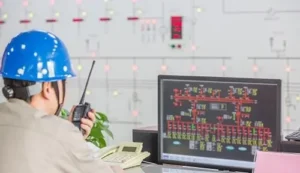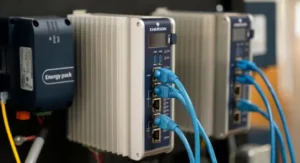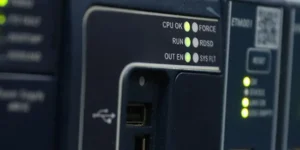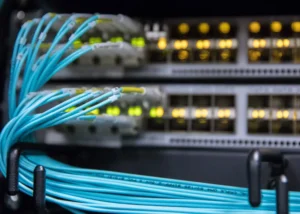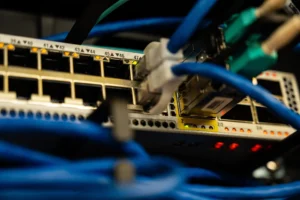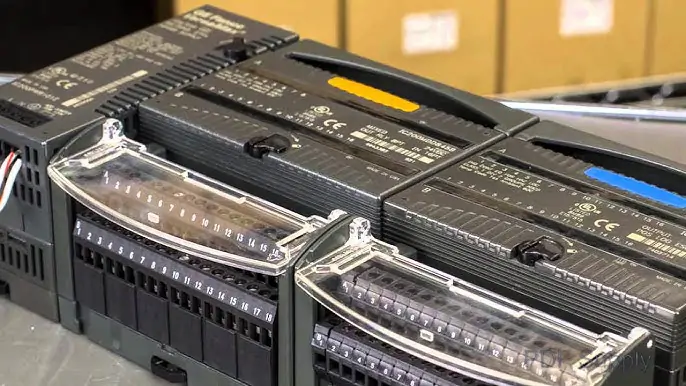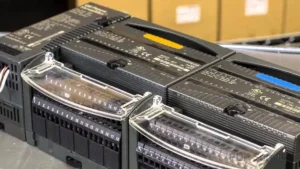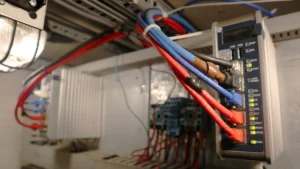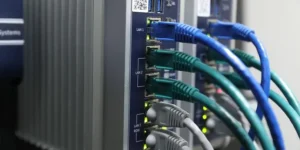Integrating Bently Nevada 9200 Velocity Data into Your Existing PLC/DCS Alarm Strategy
Introduction
As an operations manager and engineer with years of experience in industrial automation, I’ve seen firsthand the challenges of managing disparate systems for predictive maintenance. You’ve invested in vibration monitoring with Bently Nevada 9200 velocity sensors, and your plant runs on a robust PLC/DCS. The next logical step is to bridge the gap between them, creating a unified alarm strategy that simplifies operations and boosts efficiency.

Integrating 9200 Velocity Data into PLC/DCS Alarm Strategy
Why Integrate? The Power of a Unified View
Integrating your Bently Nevada 9200 velocity data directly into your PLC/DCS offers significant advantages. Currently, you might be relying on separate software or manual checks to interpret vibration data. This creates silos of information and can lead to delayed responses to critical equipment issues.
- Centralized Alarm Management: All your alarms, from process deviations to vibration anomalies, appear in one place.
- Improved Decision-Making: Operators gain immediate access to vital equipment health data.
- Reduced Training Burden: Eliminates the need for teams to learn new software interfaces.
- Enhanced Automation Opportunities: Develop sophisticated control strategies like soft shutdowns based on vibration levels.
- Cost Savings: Prevent catastrophic failures through early detection.
Overcoming Integration Hurdles: A Practical Approach
Integrating specialized vibration monitoring systems with standard control systems can seem daunting. However, it’s often more straightforward than you think.
- Identify Available Outputs: Confirm analog outputs from your Bently Nevada 9200 system.
- Select PLC/DCS Analog Inputs: Dedicate appropriate analog input modules.
- Scaling and Calibration: Scale incoming 4-20mA signals to represent actual vibration units.
- Alarm Logic Configuration: Configure warning and critical alarms based on vibration limits.
- Human-Machine Interface (HMI) Integration: Display vibration data prominently on HMI screens.
My Unique Take: Beyond Just Alarms
While integrating for alarm management is the primary goal, don’t stop there.
- Trending and Historical Data: Utilize PLC/DCS data logging to track vibration trends.
- Integration with EAM: Link PLC/DCS data with Enterprise Asset Management systems.
- Condition-Based Control: Implement logic for automatic parameter adjustments.
- Leverage Existing Expertise: Empower control system engineers with proper documentation.
Conclusion: A Smarter Path to Reliability
Integrating your Bently Nevada 9200 velocity data into your existing PLC/DCS alarm strategy is a powerful step towards a more efficient and reliable operation. It consolidates information, empowers your operators, and ultimately reduces unplanned downtime and maintenance costs.
Ready to simplify your predictive maintenance strategy? Powergear X Automation Limited offers the expertise and products you need for seamless integration. Click here to explore our solutions and take the next step toward enhanced plant reliability!





